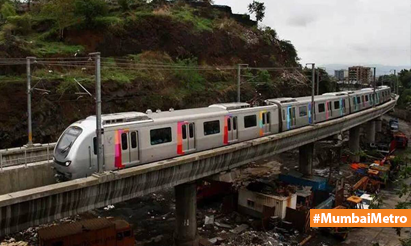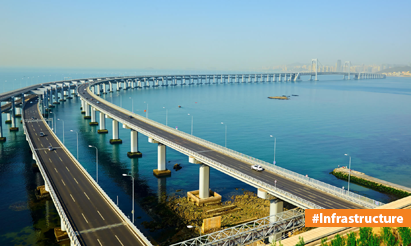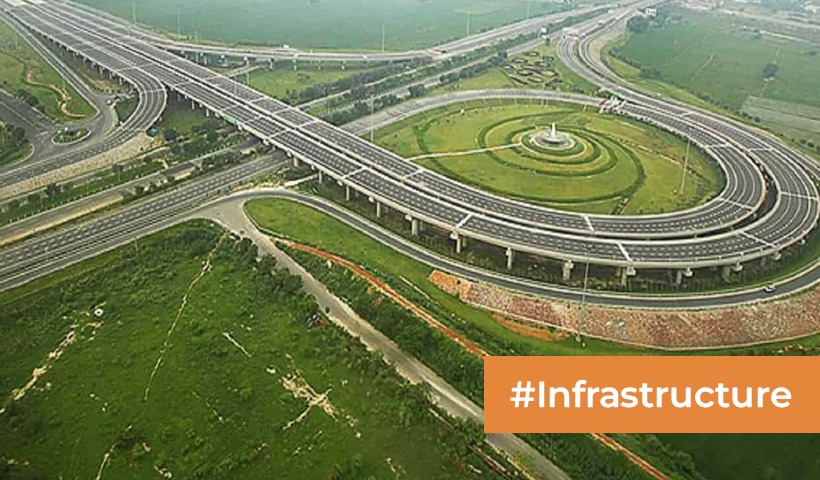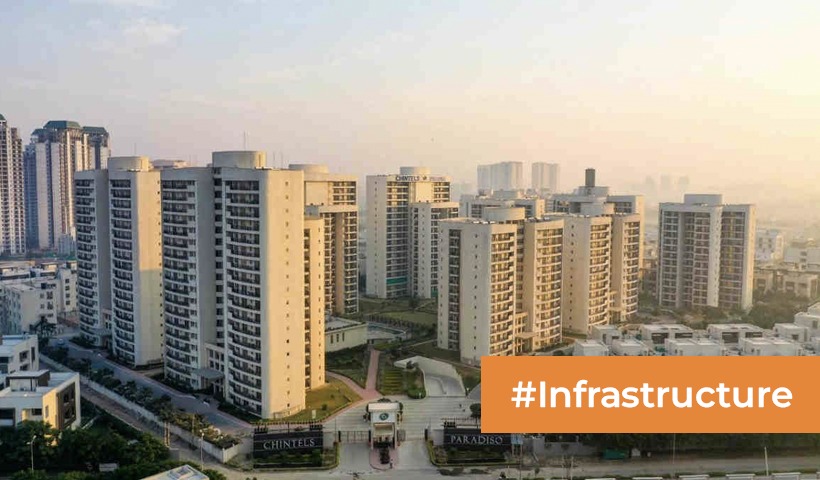Colaba-SEEPZ Metro Corridor
2150 trains run in Mumbai everyday carrying millions of people to their destinations. But finding a foot-space in a train is a challenge for every Mumbaikar. Mumbai’s lifeline is now not enough for people in the city.
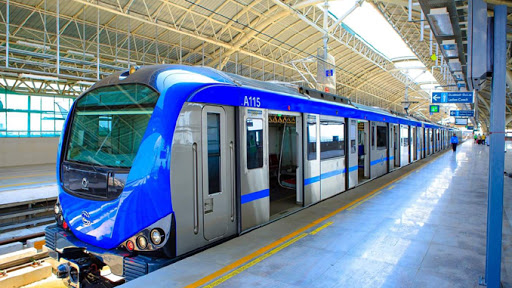
The upcoming Metro is planned to reduce the load on local trains and increase connectivity. Line 1 is operating from Versova to Ghatkopar, Line 2 is operating from Mankhurd to Dahisar and now Line 3 are one such key project to improve the transport in Mumbai city.
Line 3 or the aqua line of Mumbai Metro or the Colaba- SEEPZ corridor is one of the parts of the Metro system for the city of Mumbai, with a 33.5 km long line which becomes the first underground metro line in the city. Connecting the business district Cuffe Parade in the south Mumbai to SEEPZ in the north. This line includes 26 underground and one at-grade station. The metro line runs through Churchgate, CSMT, Girgaon, Worli, Dadar, Mahim, BKC and passes the domestic and International airports of Mumbai. 70 percent of tunnel work is completed by MMRC for the Line 3 corridor.
The major infrastructure companies are part of a tunneling contract which includes TATA project limited which has its joint venture with (CEC-ITDCEM-TPL) that has completed the tunnel work at Dharavi. The tunnel boring machine named Krishna-1 has completed the tunneling work by 589.4m from nayanagar to Dharavi and has successfully installed 421 rings thereby achieving the 23rd tunnel breakthrough.
The project cost is Rs 30,000 crore, the earlier estimated cost based on the detailed report in 2011 was Rs 23,136 crore. Japan International Cooperation Agency(JICA) is financing the project with an equal equity contribution from the government of Maharashtra and the Government of India.
This project will boost real estate in Mumbai. The interest of builders and developers will increase near the metro routes and stations. The local trains in Mumbai are overcrowded. The trains carry 5000 passengers against the capacity of 1750. This new metro line is expected to reduce the capacity to reduce the load by 15%. As these metro trains would be air-conditioned, passengers will be saved from noise and dust pollution and will be able to commute with better comfort and safety.
This metro would help to avoid traffic jams and waiting time would be saved. After starting this line MML -3 would reduce traffic on the corridor by 35% or by reducing 4.5 lakh vehicles that lead to congestions of roads. The metro will deliver a great service as compared to local trains. Services like escalators, secured platforms, closed train door services, CCTV cover, the safety would be enhanced for Ladies, patients, and senior citizens.
The Line 3 station connects the other railway lines in Mumbai like Churchgate that connects to the western suburban line towards Virar. Mahalaxmi station connects Western lines and Mumbai Monorail, CSMT station that connects three lines: national railway network, central line and harbor line that connects Panvel via Vashi. Marol Naka connects Mumbai metro line 1 which operates between Ghatkopar and Versova.
This line 3 aims to provide a rapid transit system to the city. Supplementing the inadequate railway system of Mumbai by bringing the metro closer to the public. The aqua line of Mumbai will come with multiple benefits and with 16 lakh commuters daily. After completion of line 3, this underground corridor will come with 27 stations and would connect six business districts.
Disclaimer: The views expressed above are for informational purposes only based on industry reports and related news stories. Propertypistol does not guarantee the accuracy, completeness, or reliability of the information and shall not be held responsible for any action taken based on the published information.

